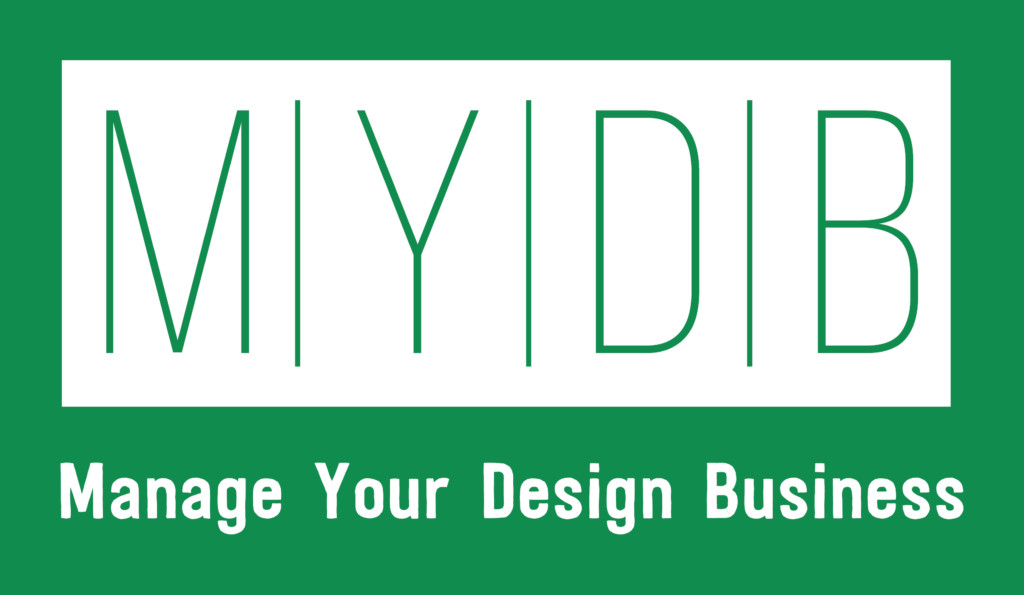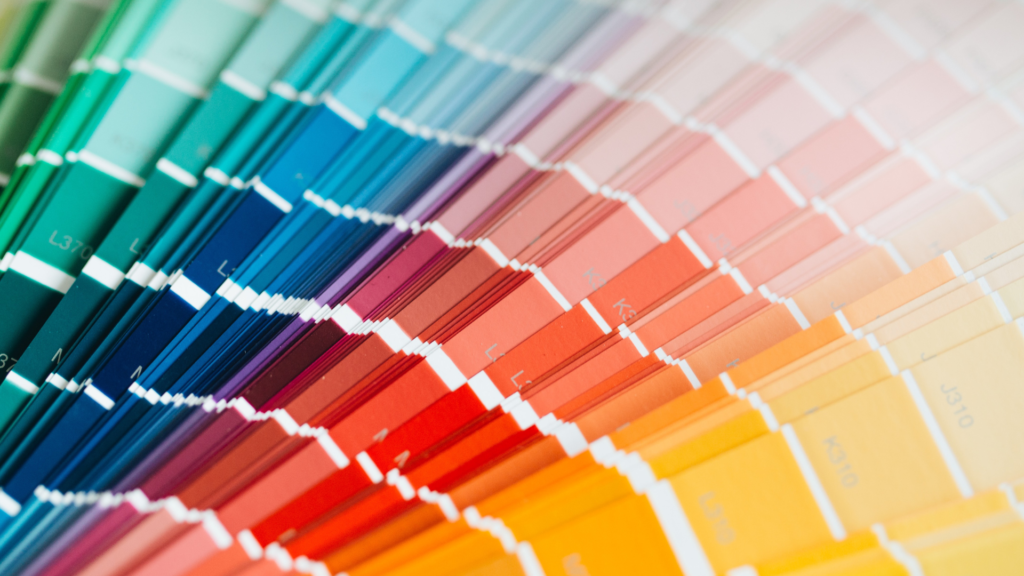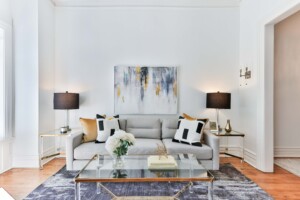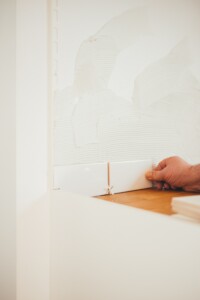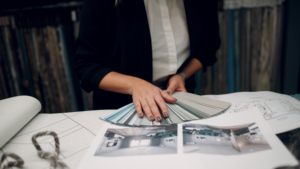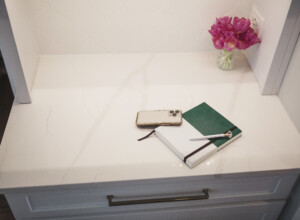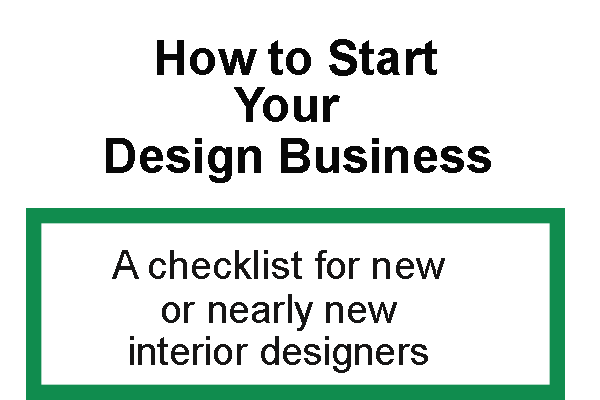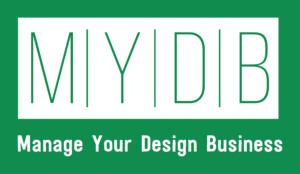Color is an essential element in interior design. It not only enhances the aesthetics of a room but also has a psychological impact on our emotions and behavior.
The Basics of Color Psychology
The first step in using color psychology in interior design is to understand the meanings and effects of colors. Different colors have different meanings and can evoke various moods. For example, blue is associated with calm, while red ignites excitement, gets our hearts going, and encourages movement. What color is your local fast-food restaurant? Most are red- they want you to literally eat and run. Doctor’s and dentists’ offices? Most are in the blue and light green families, as this promotes calm. Colors are not haphazardly chosen in these places.
How to Use Color Psychology in Your Designs
Once you understand color psychology, you can apply it to your designs to create a certain ambiance in your client’s space.
A bedroom would be better with a soft blue than a bright red, a kitchen would be great with red accents. Consider what the purpose of the space is.
Once you know that and understand what the color conveys it is easier to make choices for which color will go in the space.
Color Trends in Interior Design
Color trends in interior design are constantly evolving. In 2023 and beyond, we can expect to see richer muted tones. You can learn more about 2023 interior design trends here.
Tips for Implementing Color Psychology in Your Designs
Implementing color psychology in your designs can be a powerful tool to set the mood for any space. Here are some tips to help you effectively use color psychology.
1- Consider the use of the space. Red and orange are great in kitchens, but maybe your client doesn’t want a red kitchen. Use accents of color to incorporate it into your design if the overall color is too strong.
2- Consider the lighting. Colors will look different depending on the light. Is it hit with morning sun or maybe no direct sun at all? You can use a deeper hue if you have lots of natural light.
3- Ask your client how they want to feel in the space rather than what color they want and work backward from the psychology of the color that is best in the space.
Color psychology is a crucial aspect of interior design. It plays a significant role in creating a particular ambiance for the room. By understanding how to effectively use color psychology, you can learn how to change the mood of your designs by just changing out the colors.
